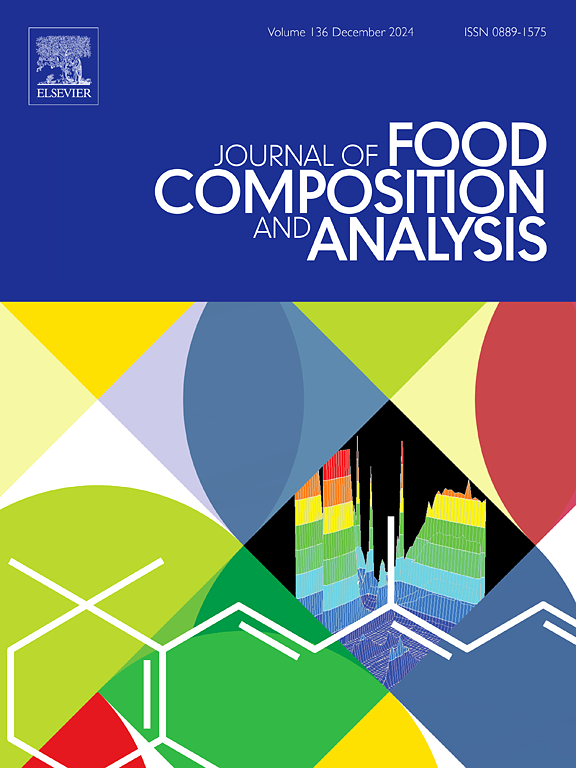A CNN-BiGRU-selfattention model combined with GAN reconstruction and Reverse Feature Fusion for apple pesticide residues detecting
IF 4
2区 农林科学
Q2 CHEMISTRY, APPLIED
引用次数: 0
Abstract
Pesticide residues in fruits, particularly apples, pose a significant threat to human health, highlighting the urgent need for precise and efficient detection methods. Although spectral detection techniques have emerged as a promising lossless solution, their effectiveness is often hindered by challenges such as imbalanced data distribution and redundant spectral features. To address these limitations, we propose a novel method that combines spectral reconstruction and key wavelength selection. This method introduces a CNN-BiGRU-Selfattention (CBS) model, which utilizes Generative Adversarial Networks (GAN) for spectral reconstruction and Reverse Feature Fusion (RFF) for selecting key wavelengths. By tackling these critical issues, the proposed approach achieves significant improvements in pesticide residue detection accuracy for apples. Experimental results on apple datasets demonstrated exceptional performance, with an accuracy of 96.31 %, recall of 96.31 %, precision of 0.9632, and an F1 score of 0.9630. These results underscore the model's robustness and effectiveness in extracting critical spectral features, ensuring reliable detection. By enhancing the accuracy and reliability of pesticide residue detection, this study offers a pioneering approach to safeguard food safety and lays a foundation for advancing future research in agricultural applications.
求助全文
约1分钟内获得全文
求助全文
来源期刊

Journal of Food Composition and Analysis
工程技术-食品科技
CiteScore
6.20
自引率
11.60%
发文量
601
审稿时长
53 days
期刊介绍:
The Journal of Food Composition and Analysis publishes manuscripts on scientific aspects of data on the chemical composition of human foods, with particular emphasis on actual data on composition of foods; analytical methods; studies on the manipulation, storage, distribution and use of food composition data; and studies on the statistics, use and distribution of such data and data systems. The Journal''s basis is nutrient composition, with increasing emphasis on bioactive non-nutrient and anti-nutrient components. Papers must provide sufficient description of the food samples, analytical methods, quality control procedures and statistical treatments of the data to permit the end users of the food composition data to evaluate the appropriateness of such data in their projects.
The Journal does not publish papers on: microbiological compounds; sensory quality; aromatics/volatiles in food and wine; essential oils; organoleptic characteristics of food; physical properties; or clinical papers and pharmacology-related papers.
 求助内容:
求助内容: 应助结果提醒方式:
应助结果提醒方式:


